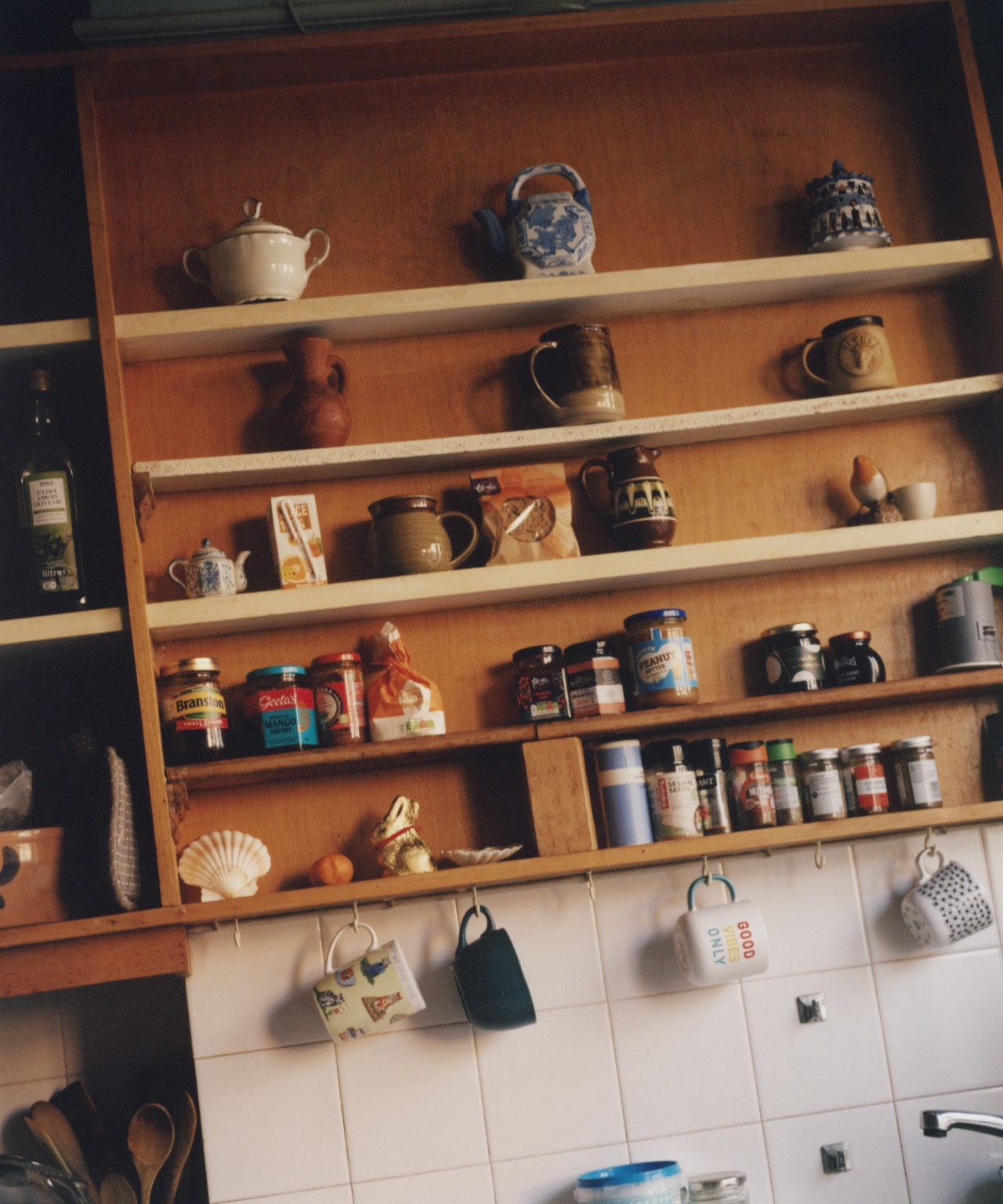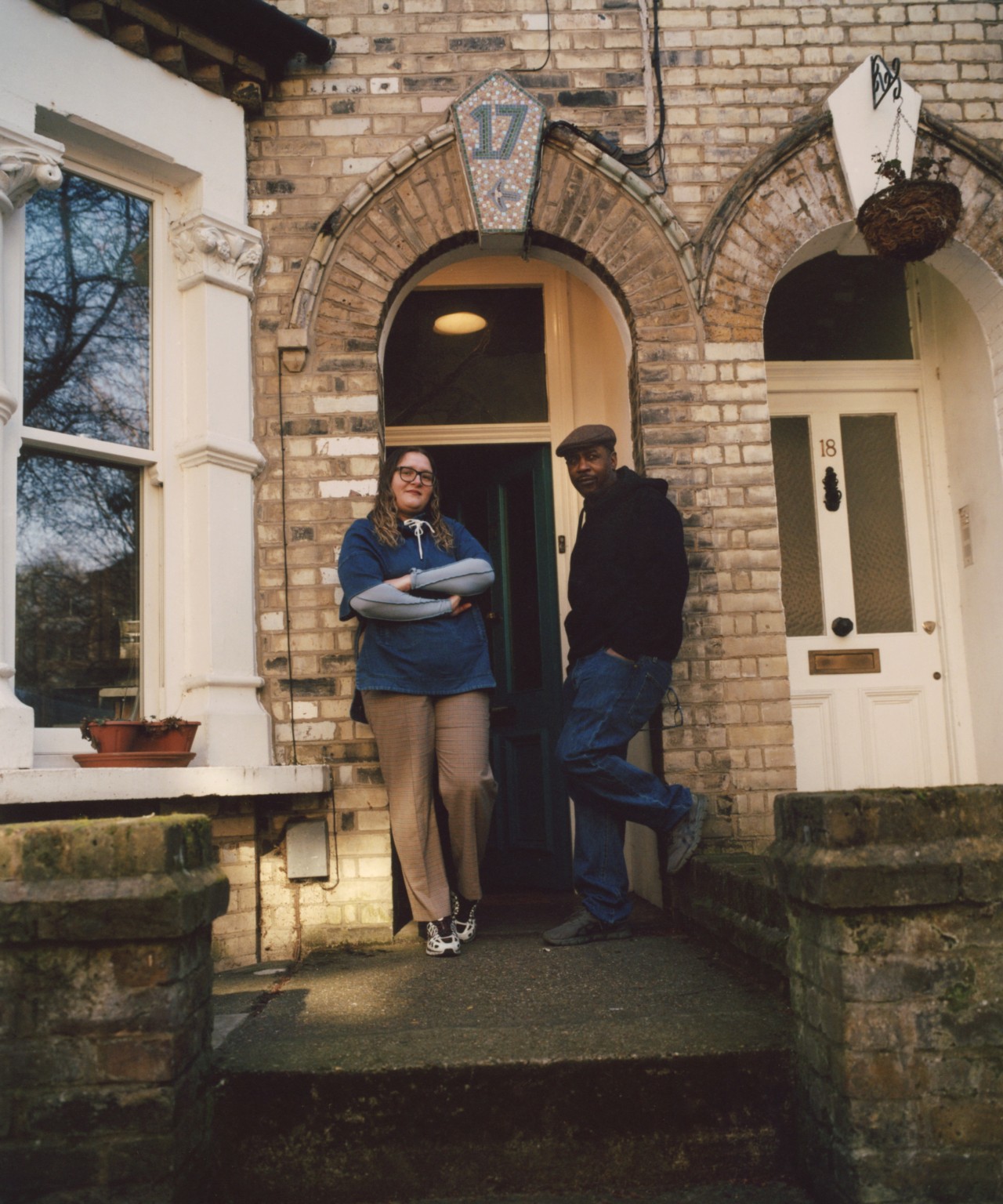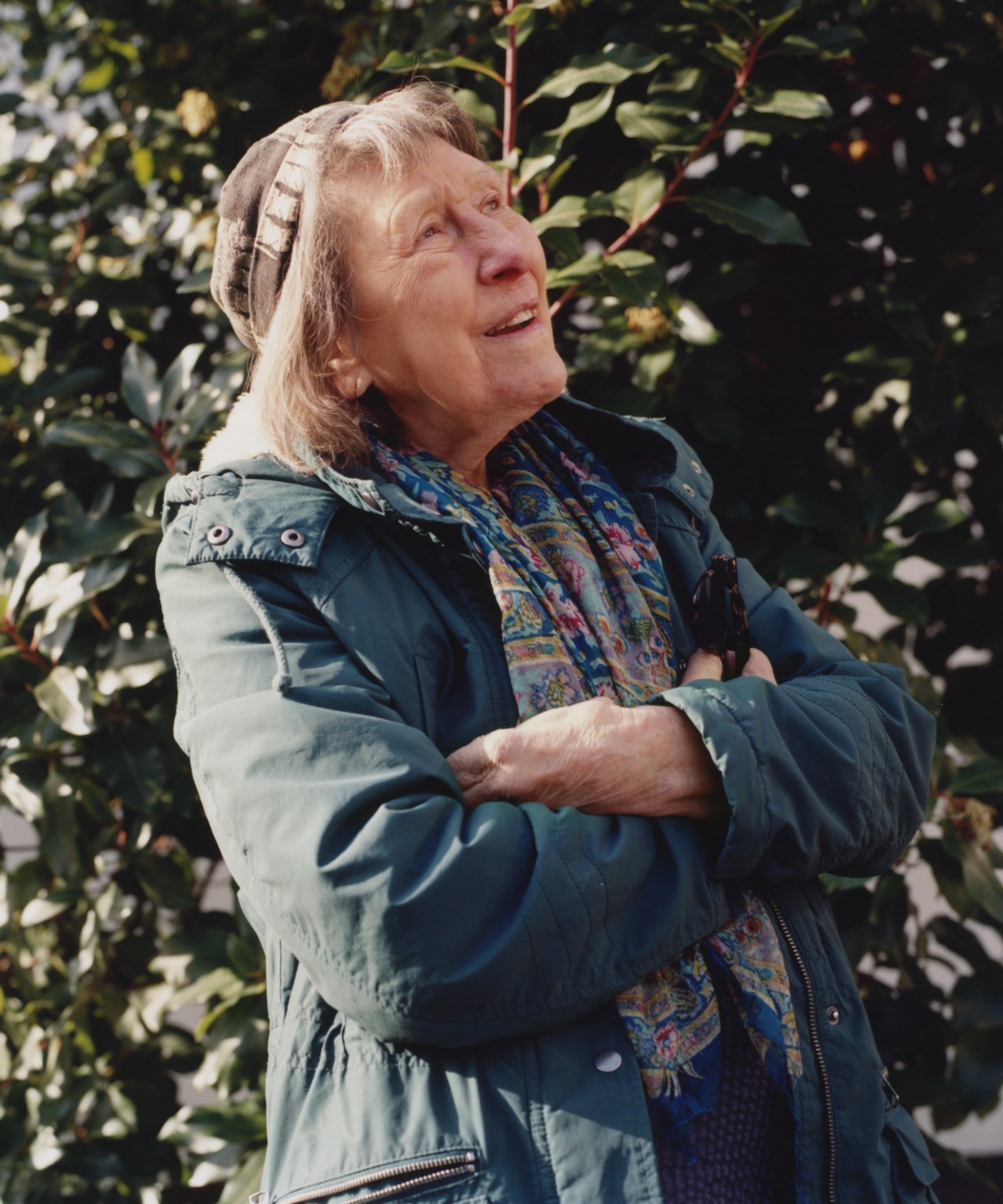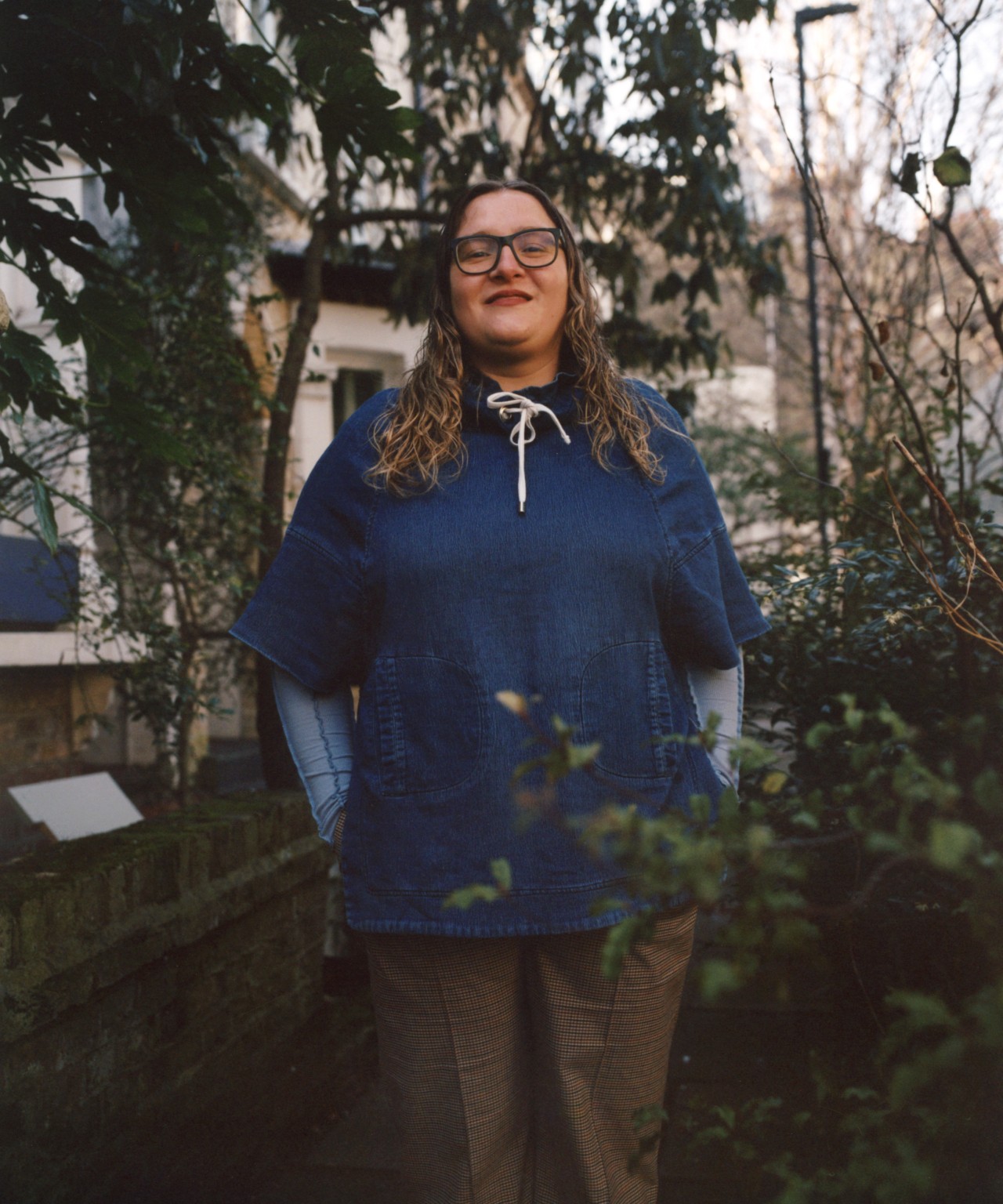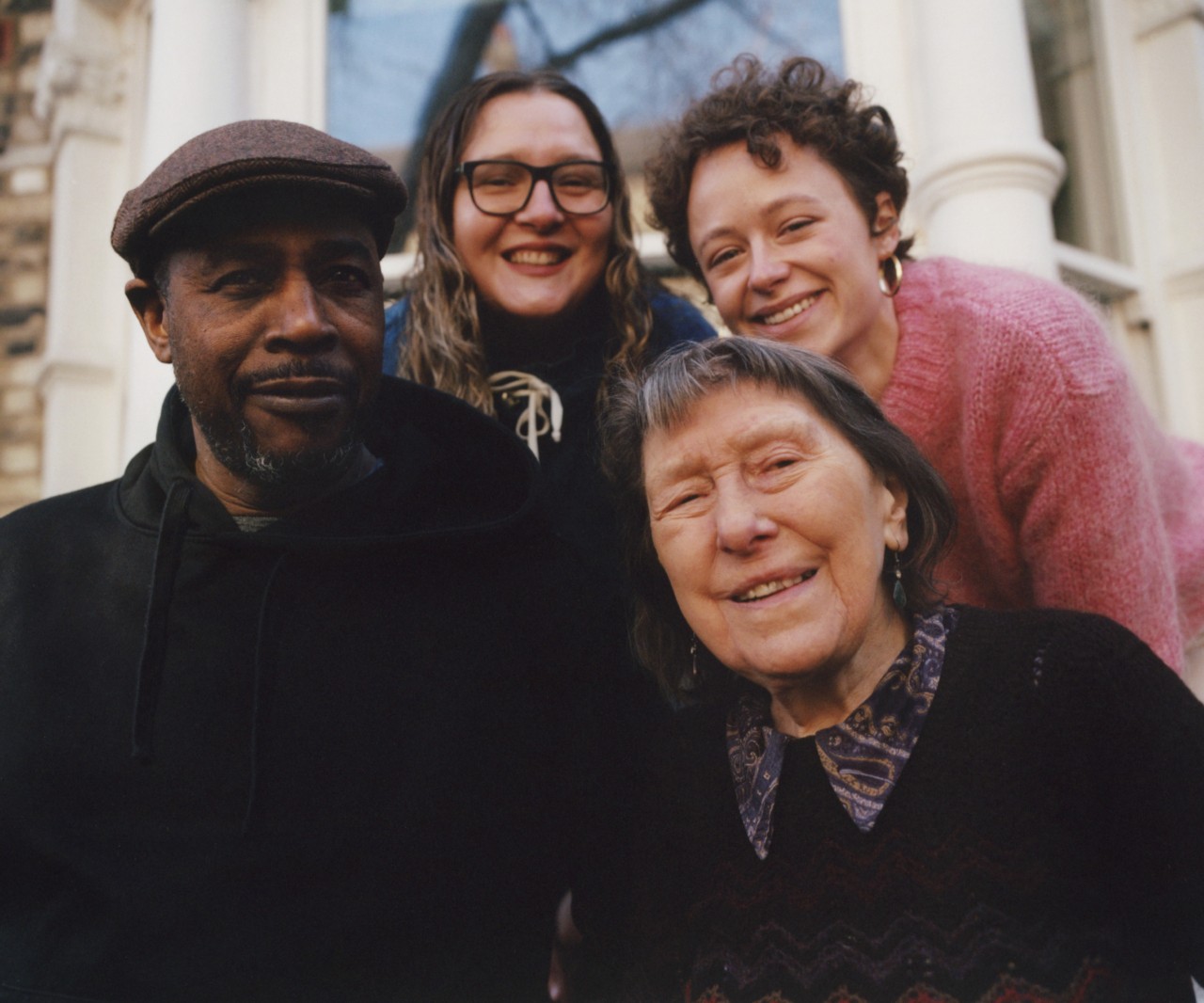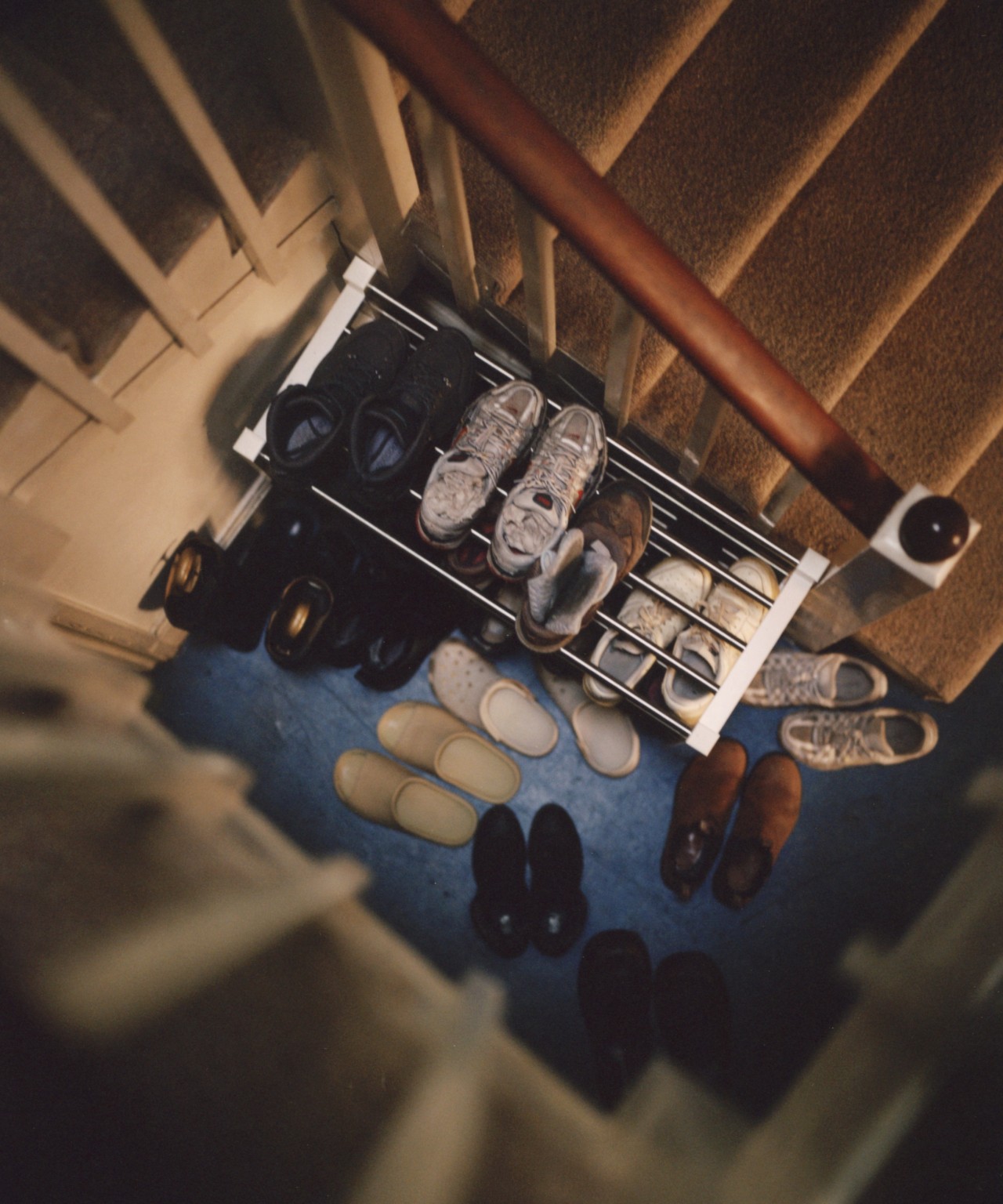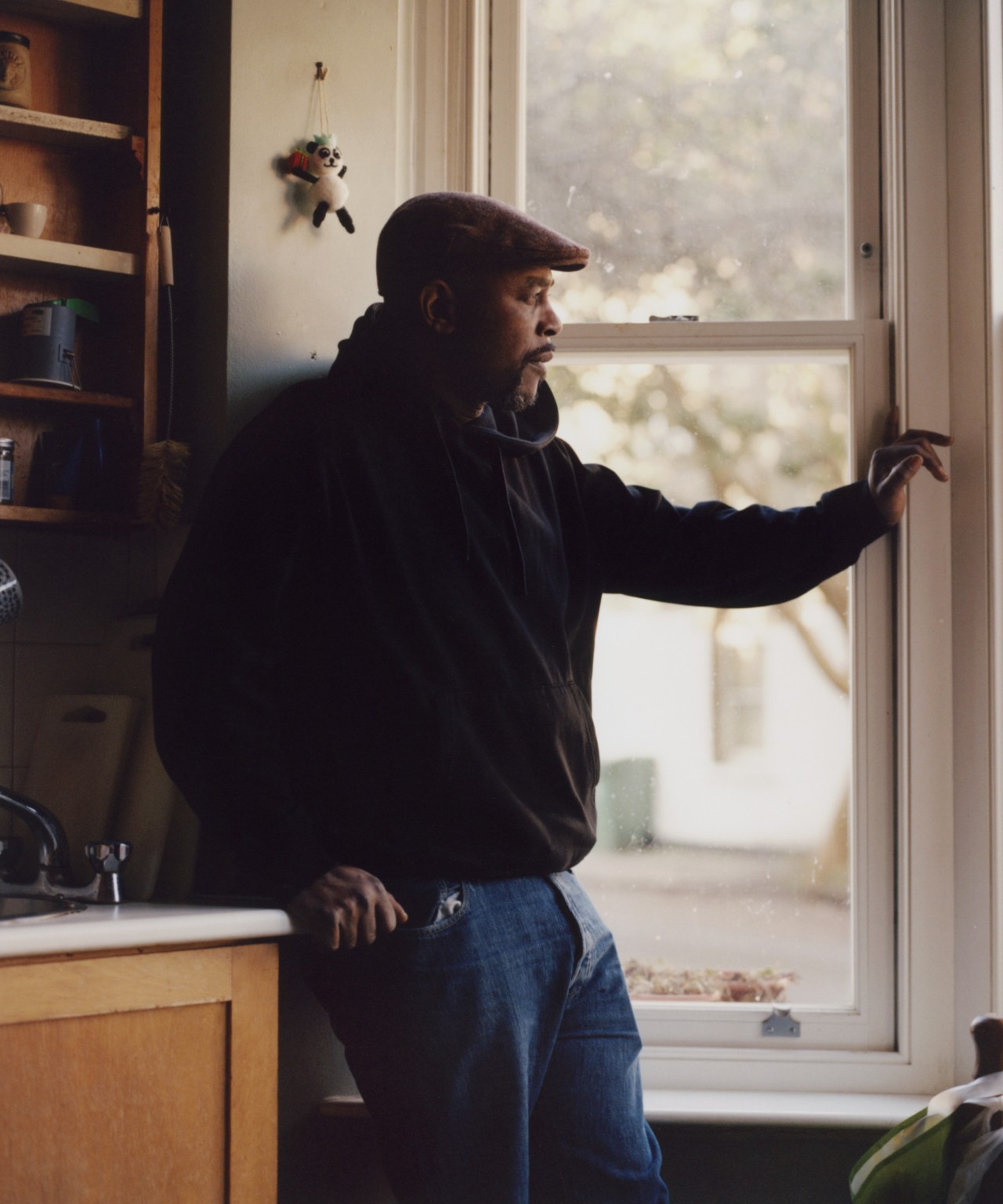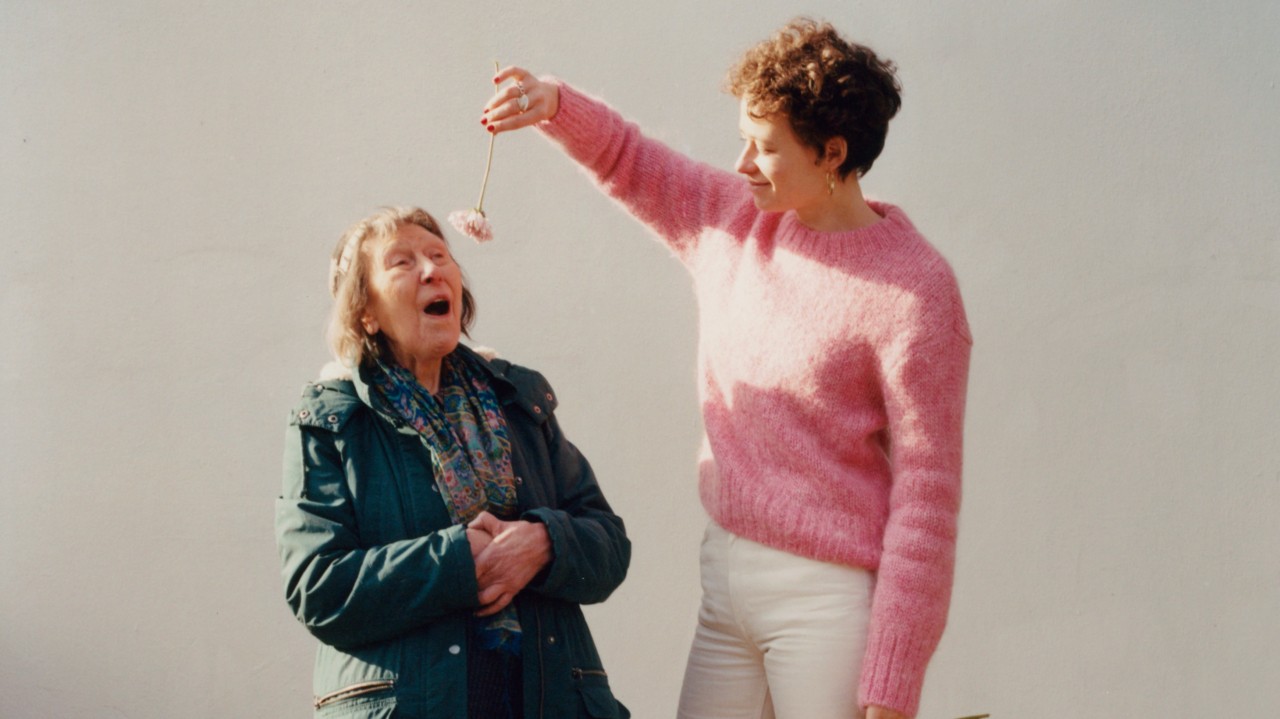
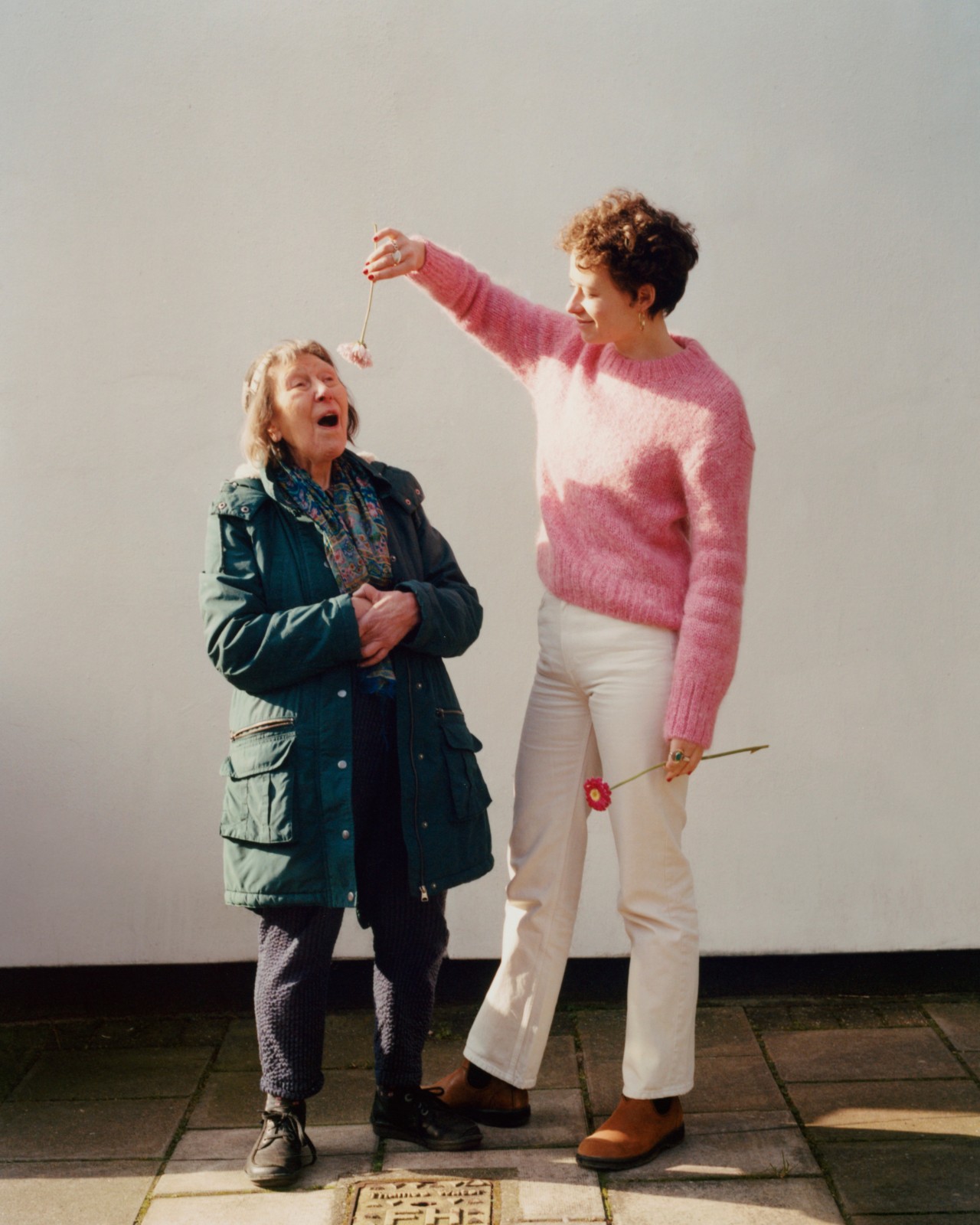
WORDS BY ANNA RICHARDS
photographs by tami aftab
Nelly Assandri, 81, and Alessandro Mallia, 30, are unlikely housemates. In most circles, they would never have met. Mallia comes from southern Italy, and Assandri has lived in the same house in Décines, on the outskirts of Lyon, France, for 57 years. She all but built this home with her late husband. Estranged from her two daughters and a widow for 30 years, Assandri felt increasingly isolated.
“I never expected to be in a situation where I was lonely, it was a huge shock,” she said.
Assandri started renting out her spare room to younger tenants in 2019 after an elderly woman she was playing Scrabble with mentioned that she had done the same through a local nonprofit, TIM&COLETTE. The woman had Parkinson’s, and her new housemate was providing invaluable help with small daily tasks—as well as being great company. Assandri accompanied her friend to a celebration for the organization’s 15th birthday. It wasn’t long before Assandri signed up with TIM&COLETTE, too.


Mallia described the living arrangement as mutually beneficial. “Living with Nelly has really helped my integration in France, linguistically and culturally,” he said. “But I’ve been able to help her too. Nelly has mobility issues, so she struggles to do things like take out the bins or mow the garden. And I’ve helped her out with IT problems.”
Intergenerational homesharing is a rare win-win-win. It mitigates loneliness while supporting aging individuals; increases access to affordable housing and—in form and function—is better for the climate.
Co-living reduces the need to build carbon-intensive housing, lowers the demand for utilities like heating, and fosters the transfer of sustainable practices between generations. Amidst concurrent crises of climate change, a rising cost of living, and a loneliness epidemic, it could be exactly the solution we need.

Intergenerational homesharing programs have been around since at least the 1970s, with initiatives as far-flung as Boston, New York City, San Francisco, Toronto, London, and Alicante, Spain. The practice is a natural way to fill the vacant rooms of empty nesters: In the United States’ 100 largest housing markets, there are at least 3.6 million unoccupied bedrooms in houses with older homeowners, according to a 2017 report from the real estate marketplace Trulia.
TIM&COLETTE found that in Lyon alone, there were roughly 15,000 unoccupied rooms in pensioners’ homes. Renting these rooms for a lower fee than Lyon’s average rate allows elderly homeowners to claim the earnings tax-free. In just over 20 years, TIM&COLETTE has matched more than 30,000 housemates—including Assandri and Mallia.

Co-living reduces the need to build carbon-intensive housing, lowers the demand for utilities like heating, and fosters the transfer of sustainable practices between generations.
The biggest benefit for many home-sharers is financial, said Soline de Villard, head of development and partnerships for TIM&COLETTE. She said that the typical rent for a younger intergenerational house sharer ranges from 50 to 350 euros a month (roughly $51 to $350 USD), including bills. The average cost to rent a room in Lyon is 566 euros a month (about $584 USD), excluding bills, according to an analysis from the French real estate company OQORO.
Renting through a typical agency can be impossible for people like Mallia without family in the country: Companies often require tenants to have a French guarantor. In the six years Assandri has hosted tenants in her spare room, she’s welcomed young people from Guadeloupe, Martinique, Burkina Faso, Benin, France, and now with Mallia, Italy. She said her roommates have opened her eyes to global culture, politics, and food.


“I tried some good Burkinabé dishes, spiced, but not hot spicy,” Assandri reminisced. “With Alessandro I’ve tasted sweet and savory taralli, infused with onions, raisins, and almonds.”
Recipes aren’t the only thing they swap; they also share sustainable practices. “Nelly taught me that it’s better to keep the temperature of your bedroom below 20 degrees Celsius at night and use the radiator on a low setting,” said Mallia.
Assandri also inspired Mallia to experiment with second-hand goods.
“Cemetery trash cans are a gold mine,” said Assandri as she showed me the salvaged gnomes and figurines that lined her garden. Like many in her generation, Assandri knows how to be frugal. Fast fashion didn’t exist when she was young, and clothes and furniture, bought to last, were reused and repaired.

“I’d never shopped second-hand before I met Nelly,” said Mallia. “She’s introduced me to a whole world of bric-a-brac, car boot sales, and second-hand clothes. I’m amazed by how much I can find—and the quality of it.”
Mallia isn’t alone. According to a survey from the homeshare company Home Sweet Homeshare, 78% of younger participants learned at least one new sustainable practice from their older housemates, and 65% of older participants adopted a new environmentally friendly technology from their younger cohabitants. The carbon footprint of a house-sharer is 35% lower than someone in a single occupancy home. That’s not to mention the climate benefits of reducing the demand for new houses.
“Constructing new houses has a huge carbon footprint, around 850 to 1000 kilograms of CO2 per square meter,” said de Villard, although the construction emissions for modern, sustainably built buildings can be as low as 62 kilograms per square meter.

“I’d never shopped second-hand before I met Nelly. She’s introduced me to a whole world of bric-a-brac, car boot sales, and second-hand clothes. I’m amazed by how much I can find—and the quality of it.”
Most of Assandri’s housemates have stayed for fewer than 12 months. “Students regularly look for short-term rentals of under a year, and we also get a lot of young professionals on fixed-term contracts who struggle to find a traditional housing contract,” de Villard said.
Not all of Assandri’s house-shares have gone well, due mainly to classic roommate issues like hogging the kitchen, leaving unwashed dishes in the sink, or noisily coming home late at night. Overall, though, it has been a success, and Assandri is still in regular contact with many of her young former housemates.
Assandri and Mallia appear to be another happy pairing. Like true housemates, the duo began preparing lunch together as I left their home. On the menu? Fennel-infused chipolata sausages that Mallia’s mother shipped from Italy. Mallia may not live there long, but the pair are relishing what time they have together. After all, there’s nothing like sharing a meal—and a home—with a friend.


Talent Louisa, Pat, Primo, Natalia
Three Crises, One Solution: The Case For Intergenerational Housing
